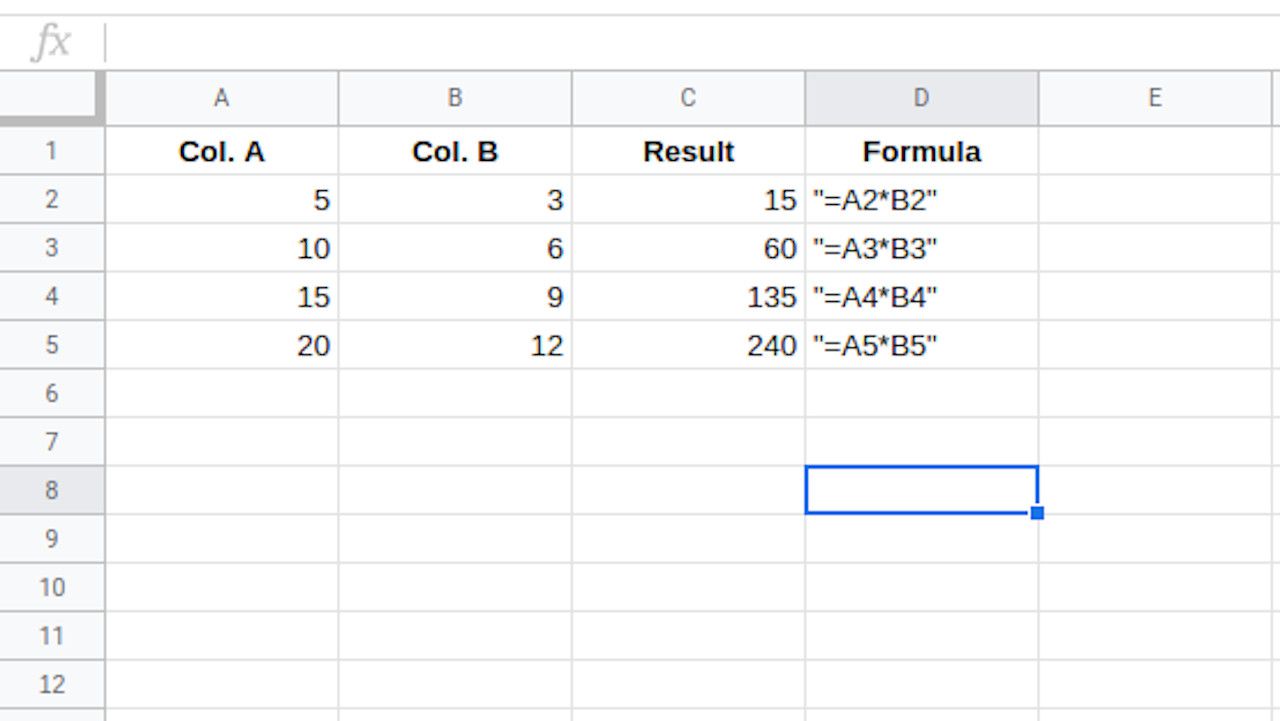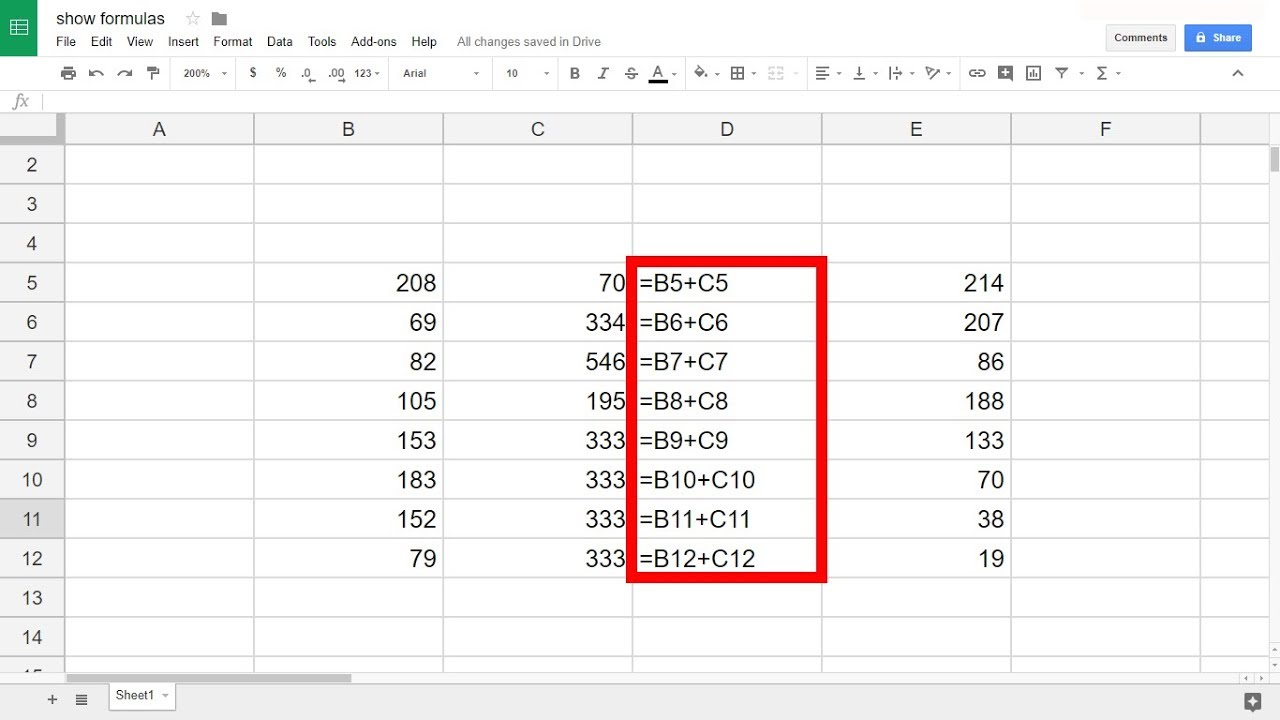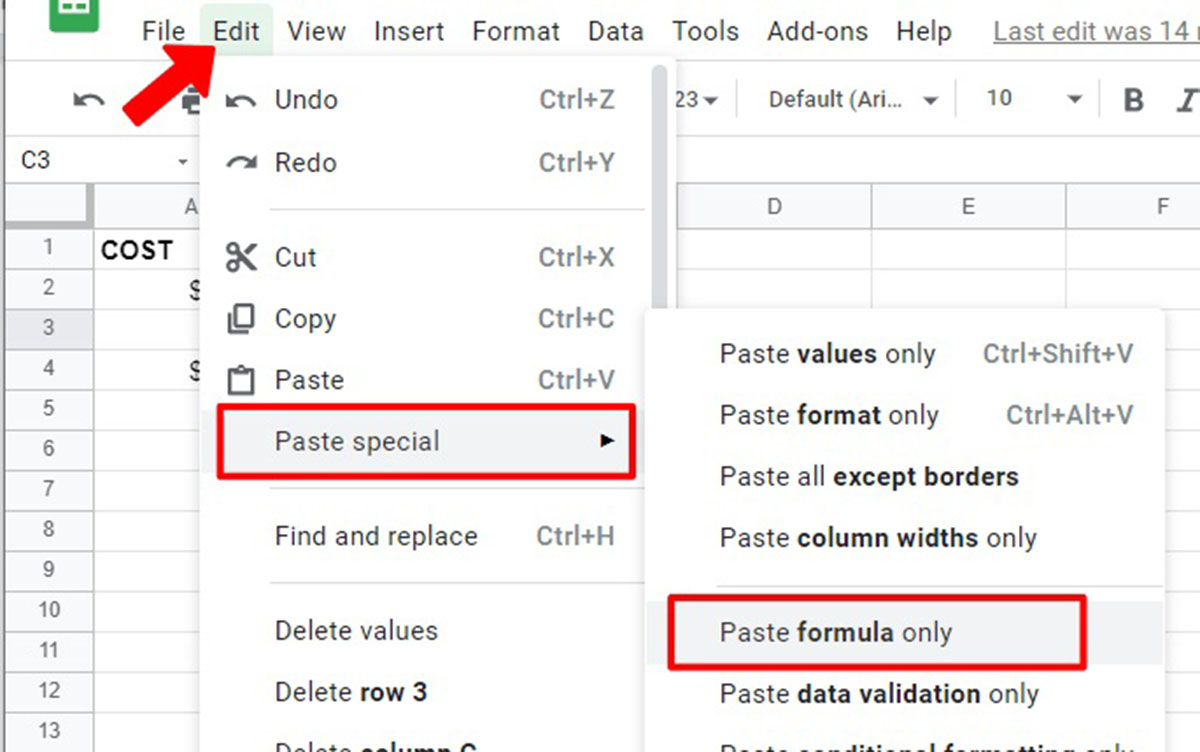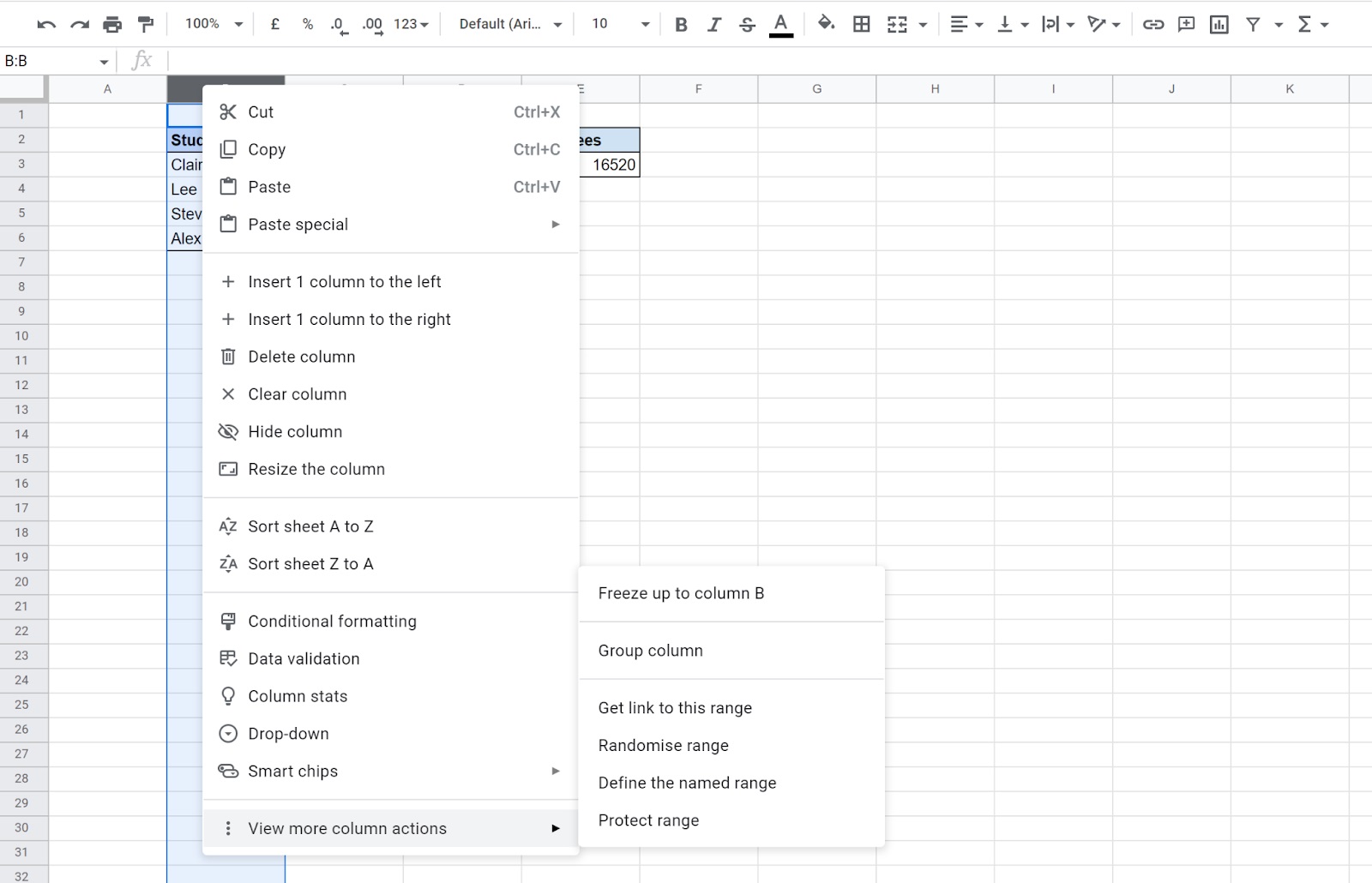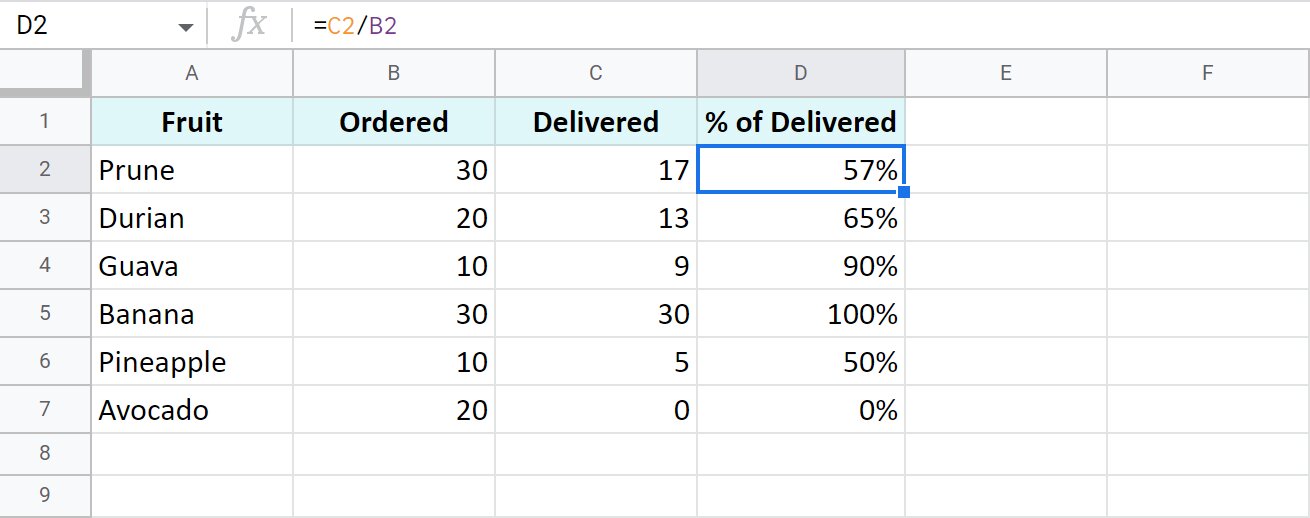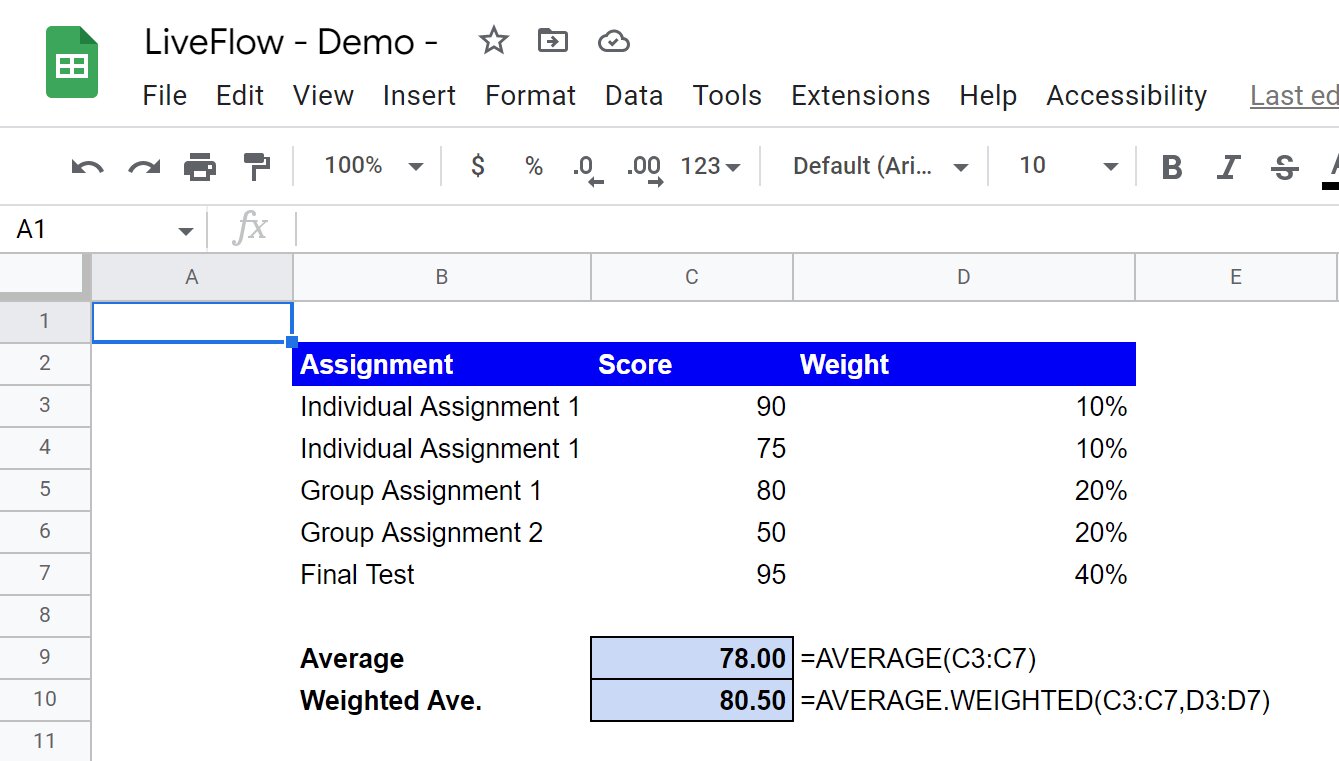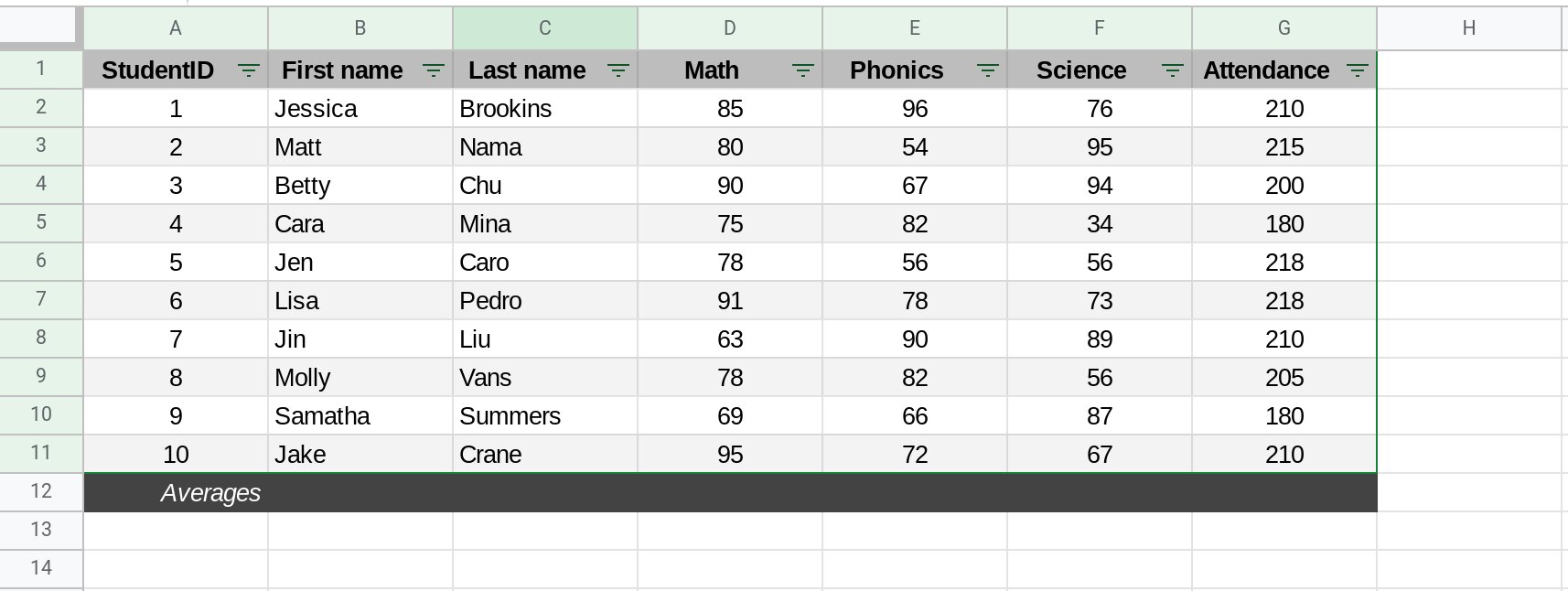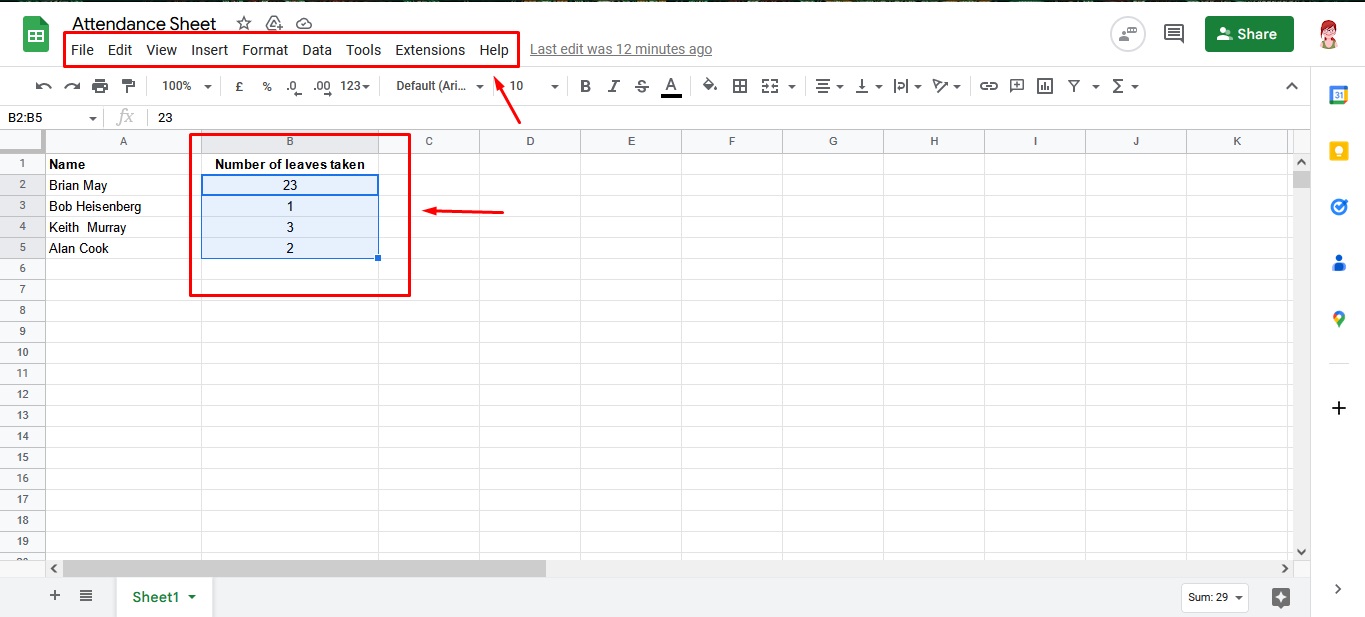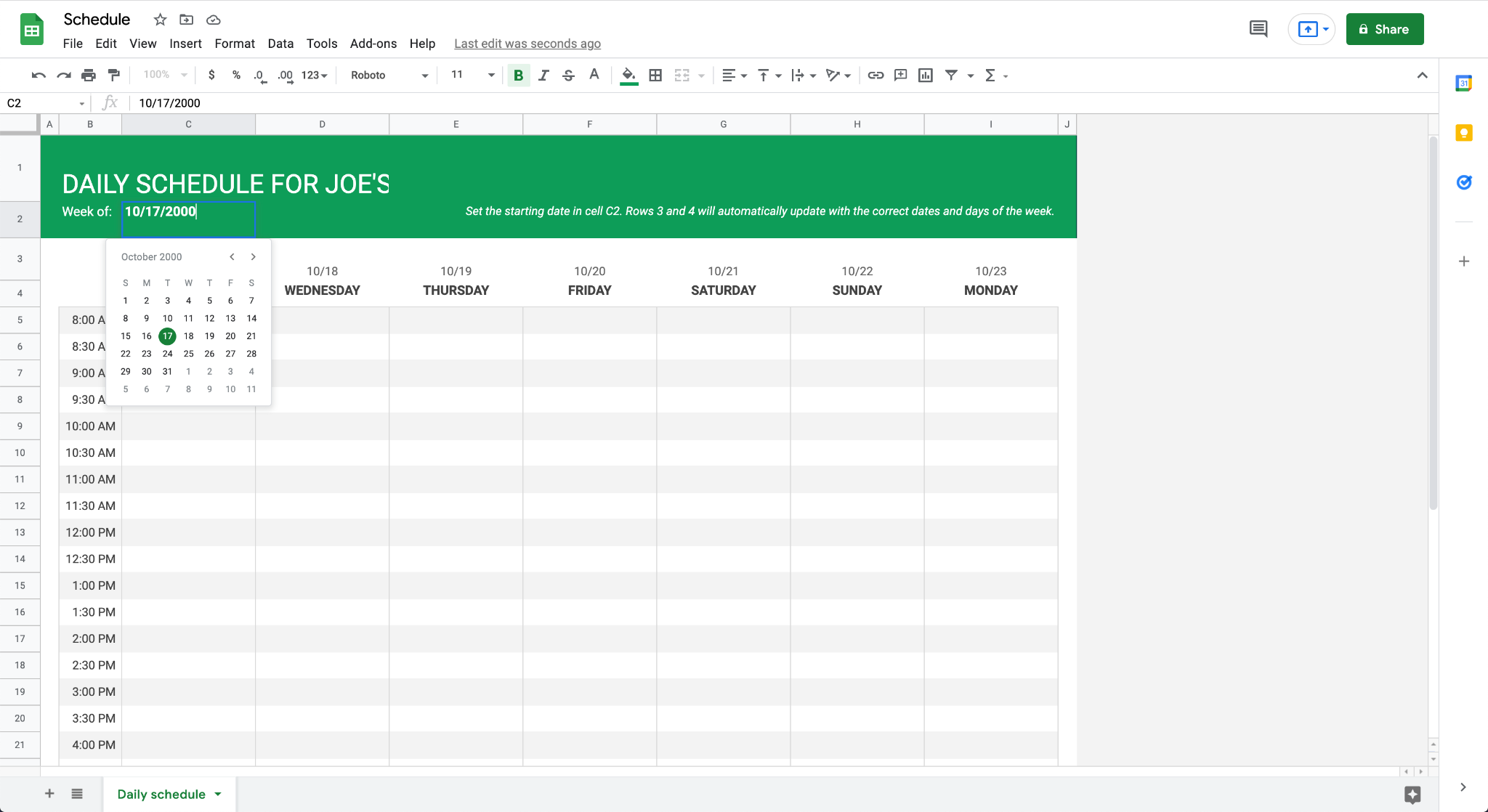Introduction
Welcome to our comprehensive guide on how to multiply cells in Google Sheets. Whether you’re a student, professional, or just someone who frequently uses spreadsheets for various tasks, understanding how to perform calculations like multiplication can greatly enhance your efficiency and productivity. Google Sheets, the popular cloud-based spreadsheet tool, offers several methods for multiplying cells, each with its own advantages and use cases.
In this guide, we will walk you through various techniques and strategies to multiply cells in Google Sheets. We will explore different methods, including using formulas, copying and pasting, utilizing the fill handle, and incorporating array formulas. By the end of this guide, you will have a solid understanding of how to multiply cells effectively in Google Sheets and be able to apply this knowledge to your own projects and workflows.
Whether you need to calculate sales figures, determine growth rates, or perform any other multiplication-related tasks in Google Sheets, our guide will provide you with step-by-step instructions and valuable tips to accomplish your objectives. Regardless of your level of expertise, this guide is designed to be accessible and informative, walking you through the process from start to finish.
So, whether you’re a beginner looking to learn the basics of multiplying cells or an advanced user seeking advanced techniques, you’ve come to the right place. So, let’s dive into the world of multiplying cells in Google Sheets and unlock the full potential of this powerful spreadsheet tool.
Understanding Multiplication in Google Sheets
Before delving into the different methods of multiplying cells in Google Sheets, it’s essential to have a clear understanding of how multiplication works in this spreadsheet tool. Multiplication is a mathematical operation that involves combining two or more values to obtain a product.
In Google Sheets, each cell contains a value, which can be a number, text, or a formula. When you multiply two or more cells, Sheets automatically applies the multiplication operator (*) to calculate the product. The resulting value is displayed in the cell where you input the formula.
When multiplying cells in Google Sheets, it’s important to consider the type of values you are working with. If the cells contain numerical values, Google Sheets will multiply the numbers. However, if the cells contain text or formulas that evaluate to text, Sheets will treat the multiplication operation differently. It will return a “#VALUE!” error message, indicating that multiplying text is not possible.
Furthermore, it’s worth noting that Google Sheets allows you to perform mathematical operations on multiple cells simultaneously. This means you can multiply an entire range of cells in one go, saving you time and effort. Additionally, Sheets provides various tools and features to assist you in multiplying cells effectively, such as formulas, shortcuts, and the fill handle.
By understanding the basics of multiplication in Google Sheets, you will be equipped with the knowledge necessary to utilize the different methods we will discuss in the following sections. Whether you’re multiplying cells with numerical data, text, or complex formulas, mastering the fundamentals will enable you to manipulate and analyze data efficiently within your spreadsheets.
Now that we’ve established a solid foundation, let’s explore the different methods you can use to multiply cells in Google Sheets.
Method 1: Multiplying Cells Using Formulas
One of the most common and efficient ways to multiply cells in Google Sheets is by using formulas. Formulas in Google Sheets allow you to perform calculations and manipulate data based on specified rules and functions. Here’s how you can multiply cells using formulas:
- Select the cell where you want the result of the multiplication to appear.
- Start the formula with an equals sign (=) to indicate that you are entering a formula.
- Enter the cell references or values that you want to multiply. For example, to multiply the values in cells A1 and B1, you would enter “=A1*B1”.
- Press Enter to apply the formula and see the result.
Google Sheets will automatically perform the multiplication operation and display the result in the selected cell. If you need to multiply multiple cells at once, you can use the SUMPRODUCT or ARRAYFORMULA functions. These functions allow you to multiply corresponding cells in specific ranges and return the sum or array of products.
Additionally, you can use mathematical operators within the formula to perform more complex calculations. For example, you can use parentheses to control the order of operations or include other mathematical functions to manipulate the values before multiplying them.
Using formulas to multiply cells in Google Sheets provides flexibility and control over the calculation process. You can easily update the values in the referenced cells, and the formula will automatically recalculate the result. This makes it ideal for situations where you need to perform repetitive calculations or work with large datasets.
By leveraging the power of formulas in Google Sheets, you can multiply cells with precision and accuracy, saving time and effort while ensuring accurate calculations.
Now that we’ve covered the first method, let’s move on to the next technique: copying and pasting to multiply cells.
Method 2: Copying and Pasting to Multiply Cells
Another quick and convenient method to multiply cells in Google Sheets is by using the copy and paste feature. This method is especially useful when you need to multiply a single cell or a group of cells by a constant value. Here’s how you can use this technique:
- Select the cell or range of cells containing the value you want to multiply.
- Copy the selected cells by pressing Ctrl + C (Windows) or Command + C (Mac) on your keyboard.
- Select the destination cell or range of cells where you want to paste the multiplied values. The destination range should have the same dimensions as the copied range.
- Right-click on the destination cell or range and choose the Paste Special option from the context menu.
- In the Paste Special dialog box, select the Paste values only option. This ensures that only the calculated results are pasted, without any formulas or references.
- Click OK to paste the multiplied values into the selected range.
Google Sheets will perform the multiplication operation on the copied values and paste the calculated results into the destination range. This allows you to quickly multiply cells by a constant value without having to manually enter formulas or adjust references.
Additionally, the copy and paste method allows you to explore other variations, such as multiplying by a range of values or applying different mathematical operations. For example, you can copy a range of cells containing sales quantities and paste them into a column of corresponding prices to calculate the total revenue.
This technique is particularly helpful when you have a large dataset or repetitive calculations to perform. By leveraging the power of copy and paste, you can save time and effort while ensuring accurate and consistent multiplication of cells in Google Sheets.
Now that we’ve explored the second method, let’s move on to the next technique: using the fill handle to multiply cells.
Method 3: Using the Fill Handle to Multiply Cells
Google Sheets provides a convenient tool called the fill handle that makes multiplying cells a breeze. The fill handle allows you to quickly populate a range of cells with a series, including numeric or formulaic patterns. Here’s how you can use the fill handle to multiply cells:
- Enter the first value or formula in the starting cell of the desired range.
- Select the starting cell and hover your cursor over the small square in the bottom right corner of the cell until it turns into a plus sign (+).
- Click and drag the fill handle across the range where you want to apply the multiplication.
- Release the mouse button to instantly populate the range with the multiplied values.
Google Sheets will automatically calculate the multiplication based on the pattern you established with the initial cell and apply it to the rest of the selected range. This allows you to quickly multiply cells in a linear or sequential manner without the need to manually enter formulas or copy and paste.
Furthermore, you can customize the fill handle behavior for different scenarios. For example, if you want the values to increment by a specific interval, you can hold down the Ctrl key (Windows) or Command key (Mac) while dragging the fill handle. This enables you to multiply cells by constant factors or create geometric progressions effortlessly.
The fill handle method is particularly useful when you need to multiply a large number of cells or create a series of calculations that follow a specific pattern. It saves time and effort by automating the multiplication process, allowing you to focus on other aspects of your spreadsheet workflow.
Now that we’ve covered the third method, let’s move on to the next technique: multiplying cells with array formulas.
Method 4: Multiplying Cells with Array Formulas
In Google Sheets, array formulas allow you to perform calculations on multiple cells and return an array of results. This powerful feature can be utilized to multiply cells and obtain a range of multiplied values. Here’s how you can multiply cells with array formulas:
- Select the range of cells where you want the multiplied values to appear.
- Start the formula by entering an equals sign (=) in the first cell of the range.
- Input the array formula using the multiplication operator (*) and the cell references or values you want to multiply.
- Instead of pressing Enter to apply the formula, use the key combination of Ctrl + Shift + Enter (Windows) or Command + Return (Mac).
Google Sheets will automatically calculate the multiplication operation for each corresponding cell in the array formula and return the resulting array of values. The cells in the range will be populated with the multiplied values, ready for further analysis or use in your spreadsheet.
Array formulas can be especially useful when you need to perform complex calculations involving multiple cells or ranges. For example, you can use array formulas to multiply two-dimensional arrays, perform calculations based on conditions, or create dynamic arrays that adjust their size based on the input data.
It’s important to note that array formulas need to be entered correctly, using the proper syntax and surrounded by curly braces {}. This ensures that Google Sheets recognizes the formula as an array formula and performs the multiplication operation accordingly.
By utilizing array formulas, you can unlock the full potential of multiplying cells in Google Sheets. This method provides flexibility and advanced functionality, allowing you to handle complex multiplication tasks with ease.
Now that we’ve explored the fourth method, let’s move on to some valuable tips for working with multiplication in Google Sheets.
Tips for Working with Multiplication in Google Sheets
As you continue to work with multiplication in Google Sheets, here are some valuable tips to enhance your productivity and ensure accurate calculations:
- Format your cells: Before multiplying cells, make sure to format them appropriately. For numerical values, choose the desired number format to display the results in the desired style, such as decimals or currency symbols.
- Use absolute references: In formulas, consider using absolute references (using the $ symbol) for the cells you want to multiply. This can prevent unintentional changes to cell references when copying or dragging formulas.
- Account for empty cells: If you have empty cells within your range, Google Sheets treats them as zeros when performing multiplication. Ensure your formulas account for any empty cells that might impact the accuracy of your calculations.
- Perform basic error checking: Double-check your formulas and their results to ensure they are accurate. Look out for common formula errors such as circular references or incorrect cell references.
- Combine multiplication with other operations: Google Sheets allows you to combine multiplication with other mathematical operations, functions, and formulas. Explore the various possibilities to perform comprehensive calculations and manipulate your data effectively.
- Utilize named ranges: If you have a specific range of cells that you frequently multiply, consider assigning it a named range. This simplifies and streamlines the process, allowing you to refer to the named range instead of the cell references in your formulas.
- Automate calculations with scripting: For advanced users, consider utilizing Google Apps Scripting to automate multiplication or perform complex calculations. With scripting, you can customize and extend Google Sheets’ functionality to meet your specific requirements.
By following these tips, you can work more efficiently and effectively when it comes to multiplying cells in Google Sheets. Remember to experiment, practice, and explore the various features and capabilities of this versatile spreadsheet tool.
Now that we’ve covered some handy tips, let’s conclude our guide on multiplying cells in Google Sheets.
Conclusion
In conclusion, mastering the art of multiplying cells in Google Sheets is a valuable skill that can greatly enhance your productivity and efficiency when working with spreadsheets. Through our comprehensive guide, we have explored various methods for multiplying cells, including using formulas, copying and pasting, utilizing the fill handle, and incorporating array formulas.
Formulas provide a flexible and precise way to multiply cells, allowing for customization and complex calculations. Copying and pasting, along with the Paste Special option, offers a quick method for multiplying cells by constant values. The fill handle automates the process of populating a range with multiplied values in a linear or sequential pattern. Array formulas take multiplication to the next level, allowing for calculations on multiple cells simultaneously and returning arrays of results.
Throughout our guide, we have also shared some essential tips to optimize your multiplication workflows in Google Sheets. From formatting cells and using absolute references to accounting for empty cells and exploring advanced features like scripting, these tips will help you work more efficiently and accurately.
By combining these methods and tips, you can tackle a wide range of multiplication tasks in Google Sheets, whether you need to calculate totals, generate reports, analyze data, or perform any other multiplication-related operations.
Remember, practice and experimentation are key to mastering multiplication in Google Sheets. As you gain more experience and familiarity with its features, you will become more proficient in utilizing the full potential of this powerful spreadsheet tool.
So, embrace the world of multiplying cells in Google Sheets, and unlock new levels of efficiency and productivity in your spreadsheet endeavors!







